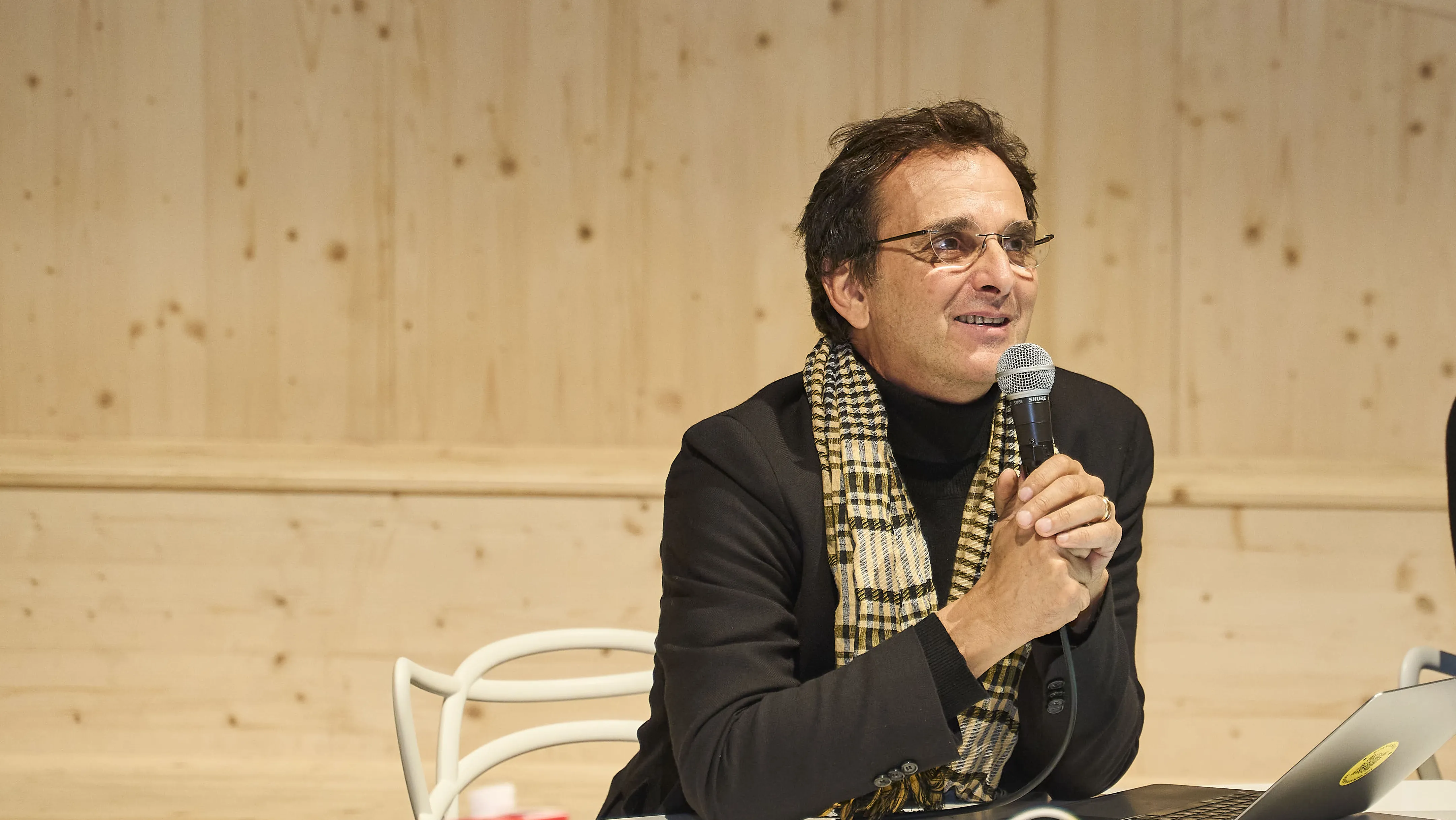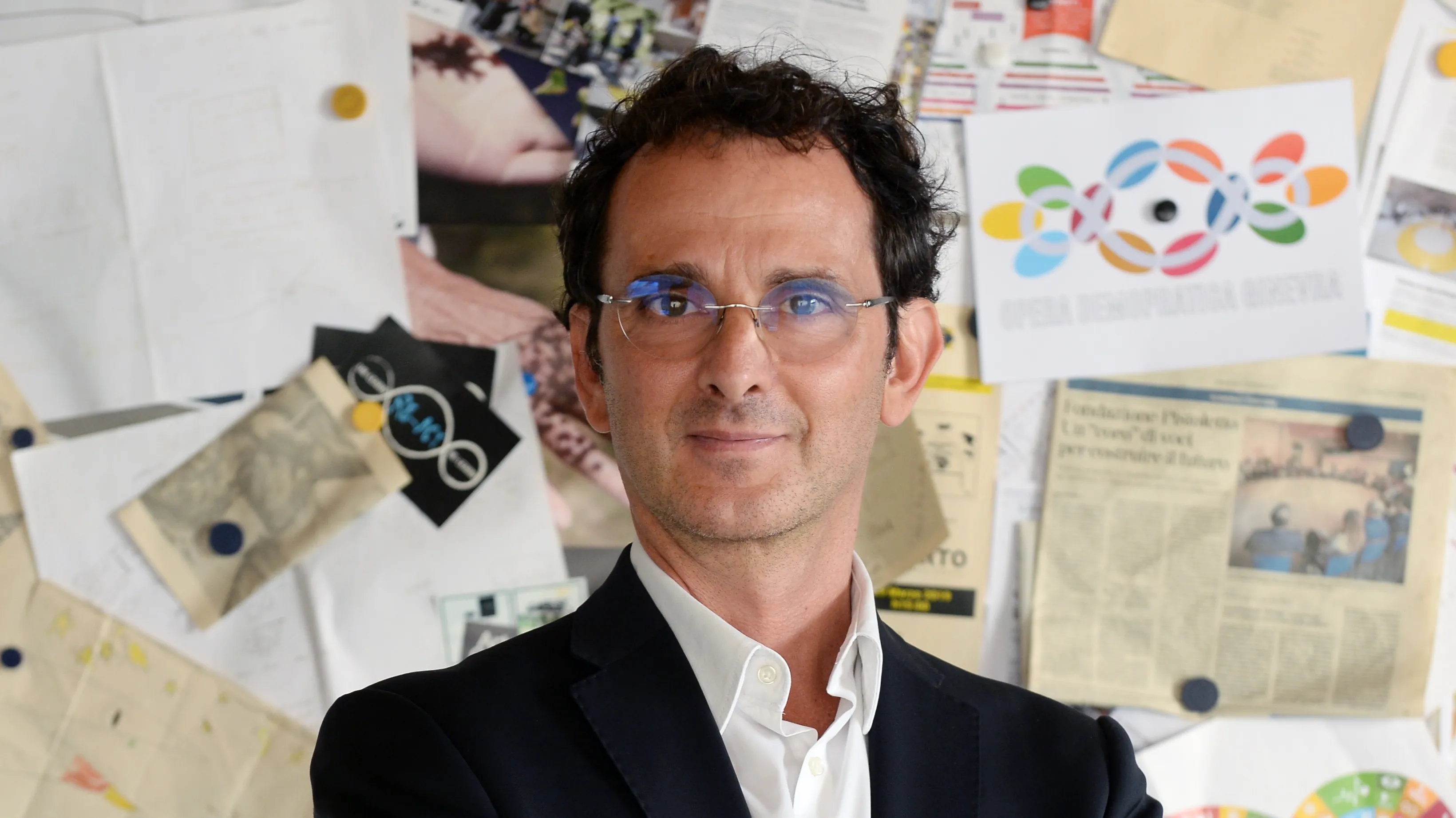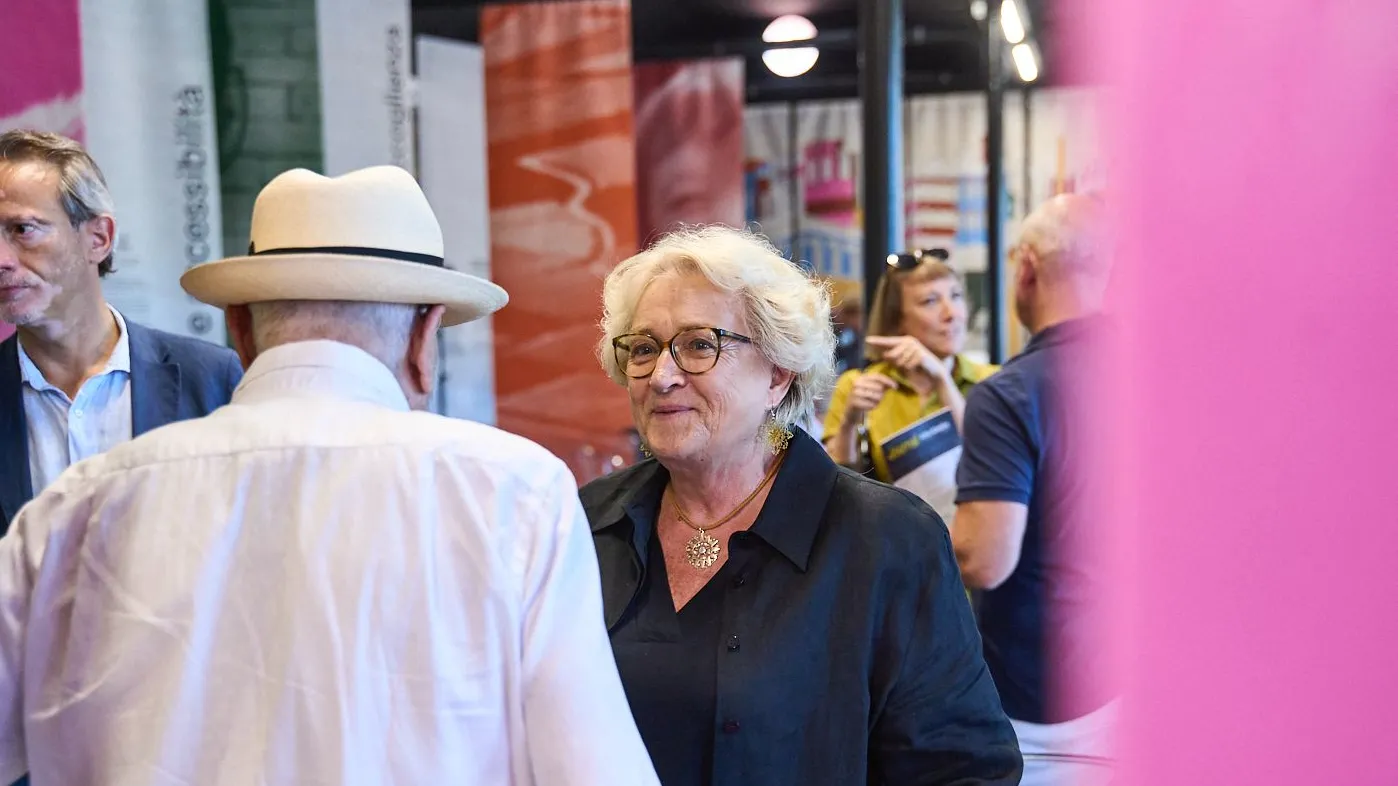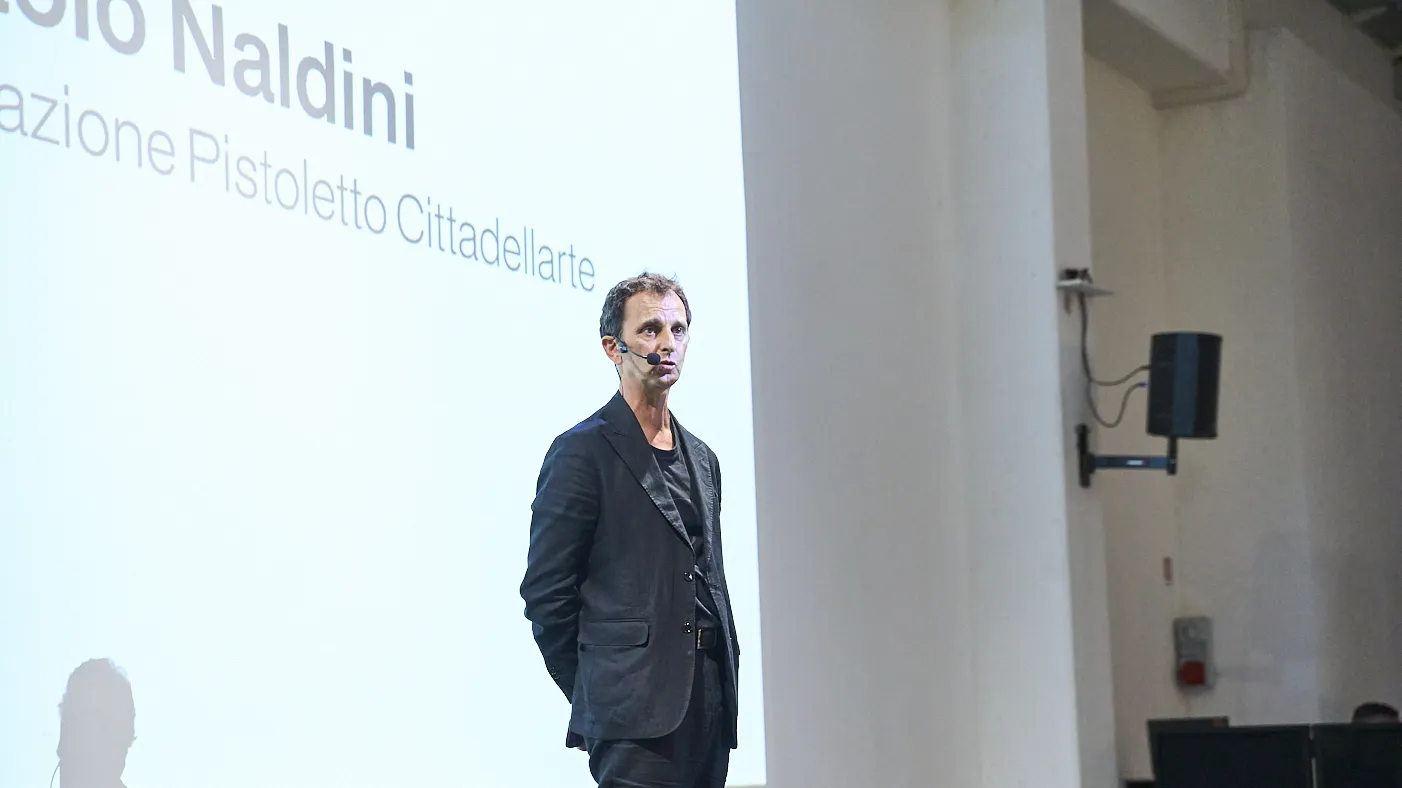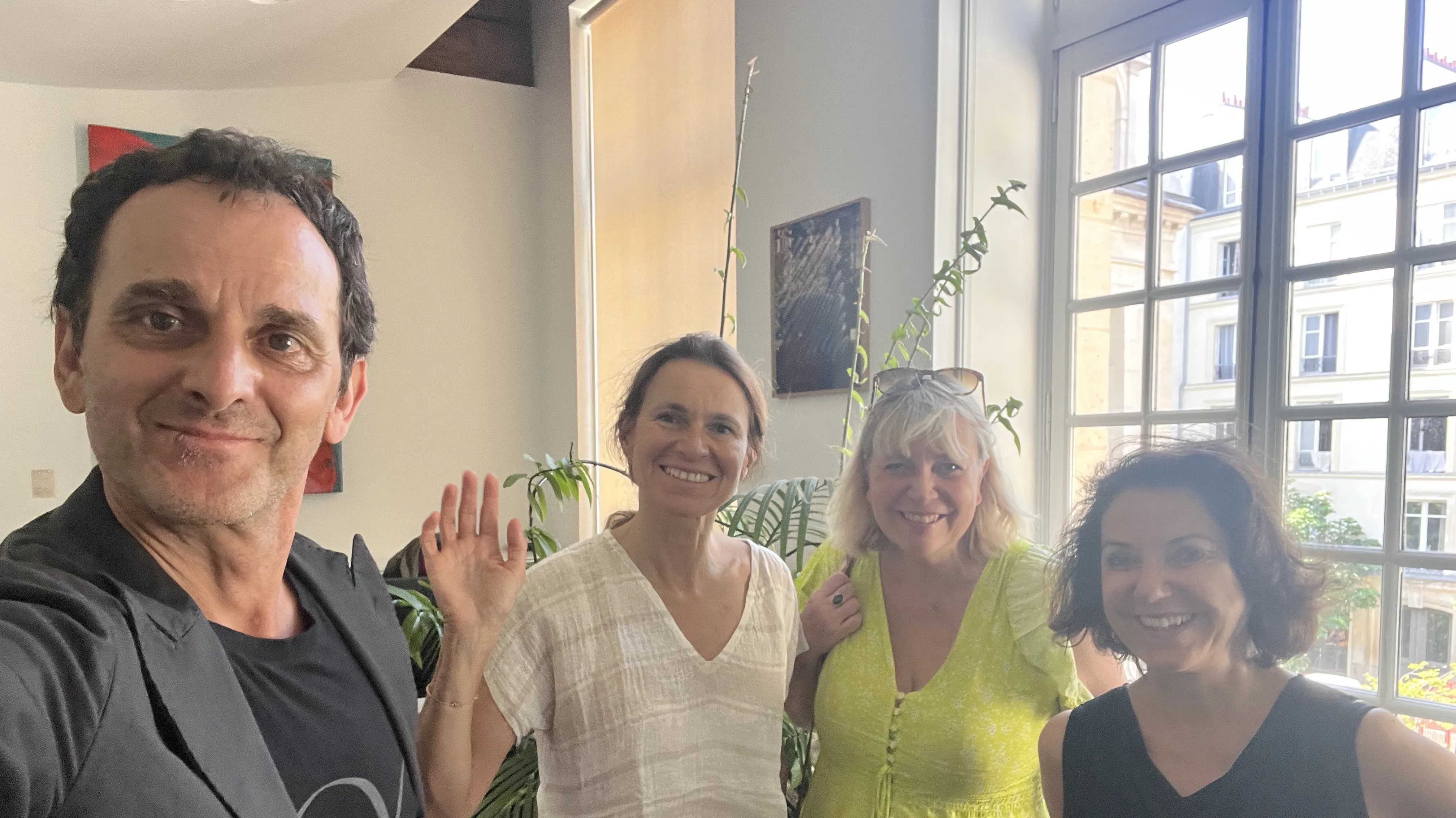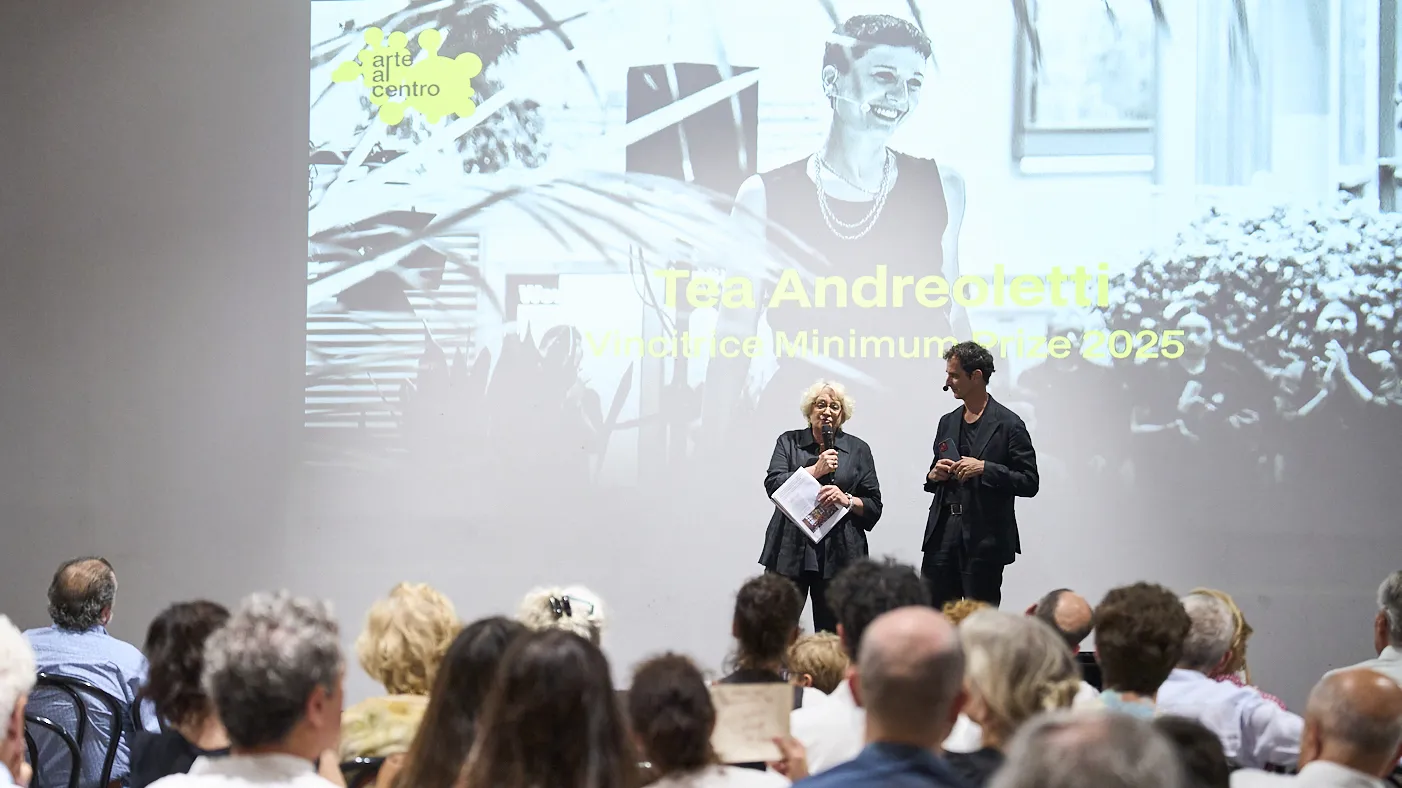What can we
help you find?
Ricerche suggerite
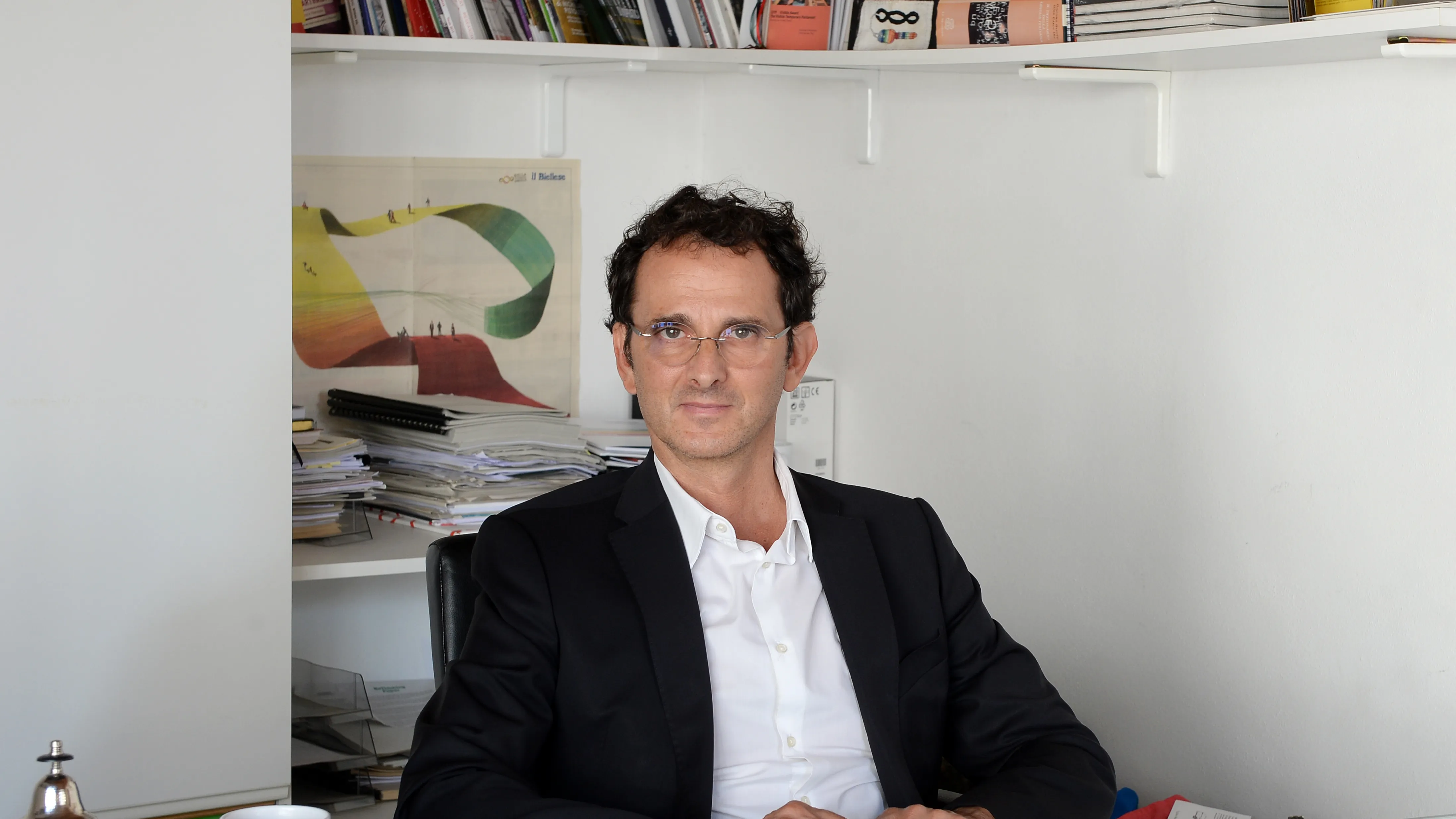
Demopractic Opera Seoul. News from the Worksite.
We are publishing the editorial by Paolo Naldini, written during his return flight from Seoul. In the text, the director of Cittadellarte recounts the experience at Camp Greaves, in the DMZ between North and South Korea, where over 50 participants took part in a Workshop of the Demopractic Opera, working on the themes of Inclusion, Ecology, Solitude, Borders, Care, Resilience, and Praxis. The article describes the participatory performance of the Third Paradise, a symbol of preventive peace conceived by Michelangelo Pistoletto, and reflects on the meaning of demopraxy as a concrete practice of co-creation and community building.
There is a strip of land between the two Koreas under United Nations control, a buffer zone between the two countries in conflict for 70 years, even though a precarious armistice is in force between them. This area cannot be accessed. It seems to be almost completely mined. Conversely, the lack of human pressure has allowed an ecosystem of high biodiversity to reconstitute itself, which is valuable for scholars and probably appreciated by the flora and fauna, even if one can imagine that every now and then some deer has the misfortune of encountering the marvel of human ingenuity and, setting its unaware hoof, is thrown up into the air in its last leap on this earth—spectacular, yes, but at a price no deer would ever be willing to pay, although certainly some human would pay to witness the "event," seeing as they already pay to watch the bombings on Gaza. This frayed border area is called the DMZ, Demilitarized Zone. Just outside of it, a further intermediate strip has been traced, where scattered villages and remnants of American military posts exist, the most known of which is called Camp Greaves and in the '50s played a fundamental role in the war that led to the division of the Koreas and to that small but burning Asian Iron Curtain that divided and still divides families and peoples. Today, or rather: until today, Camp Greaves could be visited accompanied by organized groups; you enter the DMZ zone, leave your passports, and visit places that tell another of the thousand pages of the book of horror and infamy (far from the art of war!) that has accompanied humanity since Cain and Abel, if not forever.
Camp Greaves is in the forest and consists of bunkers, residential buildings for the troops, and a gymnasium. In this gymnasium on Monday, September 30, and Tuesday, October 1, 2025, over 50 people gathered, coming from Seoul, and another dozen from Italy, including 3 from a place called Cittadellarte. From the ceiling of the gymnasium hung 4 large banners, one of which featured the definition of the Third Paradise, another the names of the participants and their organizations, almost all based in Seoul, a third was the Korean translation of the first, and the last featured the definition of the concept of Demopraxy (Demopraxia). The participants gathered in groups of 10 around 5 tables and discussed for two days along two lines of research: Inclusion and Ecology, declined across the axes of 5 themes: Solitude, Borders, Care, Resilience, and Praxis, where the latter indicates the concrete ways of addressing the 4 aforementioned areas. The attendees believed that these 5 themes together would lead to a convergence towards (Bio)Diversity and, in the final analysis, Peace.
At one point, all participants engaged in a creative ritual focused on the graphic symbol that recurred in that gymnasium both in the visual dimension and in the content being discussed, called the Third Paradise, a symbol that the institution Cittadellarte launched in 2003 as a global appeal to place the idea of the balance between opposites at the center of one's priorities and practices, and therefore to proceed with all those activities that constitute peace and avoid war—in a word, preventive peace, as stated by the artist who conceived the symbol and founded this Cittadellarte, Michelangelo Pistoletto, who in 1998 wanted to give it his name with the denomination of Fondazione Pistoletto. The ritual took place as a participatory performance: the symbol was recreated with a large rope, and each participant left three sheets of mulberry paper (precious and highly resilient traditional Korean paper), indicating on one a somehow problematic, challenging issue, on another sheet its opposite issue, and in the central circle (because the symbol is made up of three adjacent circles, the central one being double the size of the two lateral ones, which are equal to each other) a third sheet with an instance or proposal capable of reconciling the opposites deposited in the two lateral circles. In conclusion of their meeting and the intense two-day discussion, these people, each a representative of an organization committed to the aforementioned themes, spoke of a Construction Site (Cantiere), meaning to continue working together. They presented their ideas and proposals for action, some very challenging, others very readily feasible. One of them, whose name is somewhat illuminating, Sun, said he would like to work with all participants to carry forward the program of his association, which brings together defectors from North Korea, largely artists, for a very clear objective: the reconciliation of the two Koreas; he added that this assembly gave him inspiration, encouragement, and—he hopes—greater possibility of impact, and that he would like to go with us to the United Nations and propose the establishment of a Special Zone precisely corresponding to this DMZ.
The Director of the Italian Cultural Institute, Michela Magrì, who made this event possible and supported it, said that from art to peace one can, or rather must, arrive by passing through here, through this type of place, people, and the artist Pistoletto, and above all, through this art of Demopraxy. Now, the organizers say, a Construction Site (Cantiere) is opening (as this third phase of the Demopractic Work is called, following Mapping and Forum) which intends to last one year, during which the groups from the different Tables will commit to implementing their program and modifying it as they deem appropriate, thanks to the guidance of Curator Soik Jung, who curated all this, along with her co-curator Valentina Buzzi.
I am now returning to Biella, to Cittadellarte, where I have lived since 2000, with the astonishment still in my heart that I felt (even though it wasn't the first time, but somehow every time is the first because it is in a completely different cultural context) in front of fifty inspired and expert professionals who spoke to me about demopraxy as if it were a real thing that has always existed in the human imagination—they said it to me, I who conceived it as a philosophy and a project, and guided it to become a work program, a reality that welcomes the intelligence and vision of people whose imprint of human value is so much greater than mine that I am only grateful for all this, grateful to everyone, especially to the Fondazione Pistoletto without which it would not have been possible.
And I return to Cittadellarte with the full awareness of what we are doing: we are founding a state of things that creates ways of living together, hence a State not of political ideology or religion or the convenience of the few or the narcissistic ego of the tyrannical or charismatic despot, but a state of co-creation, a State of Art (Statodellarte) understood as the praxis of creating together, starting from each individual's most intimate dimension, but passing through the human group where one lives and constitutes one's identity. The first Constitution of this State of Art (Statodellarte) is written in the relationship between oneself and those who live with us: we can constitute ourselves as blackmailing tyrants or as maieutics who accompany the creation of others alongside us. And then bring our community of practice to constitute itself also as a nodal element of a social infrastructure that supports the work, the opus, the work of demopraxy, that is, the effective fulfillment of the promise that the people govern themselves, as implied by the dream contained in the term/concept of democracy.
I welcome with a sense of placid acceptance the "coincidence of Maia," so to speak, which is revealed to me once again: these days I am in the Demilitarized Zone between North Korea and South Korea working with fifty organizations of extraordinary vision and commitment gathered to realize an idea of society that I imagined fifteen years ago, these days when 500 people are sailing in a Flotilla towards the Gaza Strip (I was supposed to go with them, and if I didn't, it is also because I came here) to open a humanitarian corridor during a genocide that the States (not of art but national ones) would have all the means and the legitimacy, or rather: the duty, to stop, and on this very day this place, Camp Greaves DMZ—which hosts the Symbol of the Third Paradise performed by the bodies and experiences of the participants in the Demopractic Work—changes regime and opens to free visits, or rather: less restrictive visits, than it has been for decades, as stated on the plaque that reads "From Armistice to Peace," and meanwhile I have asked a friend, one of the almost 300 Ambassadors of the Third Paradise coordinated by Cittadellarte with Saverio, to go for me to Kharkiv, to bring our testimony and the Third Paradise, which will be presented in the spaces of the University of Art and Design thanks to the mission of the MEAN (European Movement of Non-Violent Action), in which I have been participating for several months. Palestine, Ukraine, Koreas, Cittadellarte, and the State of Art of Demopraxy.
Someone asks if I think what we are doing has any impact on reality; it's difficult to answer. But ask the doctor if he believes certain things prevent evil. In some cases, he can refer to scientific, statistical, and epidemiological studies, but many times prevention does not have a blatant confirmation; it does not have a confirmed and incontrovertible proof: the proof lies in the fact that something does not happen. But if it doesn't happen, how can we see it and talk about it? The culture of peace, like certain health prevention campaigns, dissolves into thousands of behaviors and actions that are not visible like a missile or a declaration of war broadcast worldwide. To judge if prevention is effective, laboratory experiments and epidemiological studies are conducted, but one cannot conduct experiments with the lives of millions of people, and so when speaking of peace among peoples, one must use imagination and study the data in the field: it requires commitment, listening, research—all things that Facebook and spectacular, paid-for information (sold to advertisements and data collection, which constitutes the bulk of the information we receive from the main channels) ignore. Imagination, study, commitment: in a word, culture. Try explaining that to Trump, his followers, and friends of the ilk of the Zionists leading Israel, capable of first turning all of North Korea into an extermination camp and then a new Singapore with golf courses and luxurious residences, indoor ski slopes, and resorts where they hunt dolphins and elephants to take a $10,000 selfie.
If I allow myself to say these things, some will be surprised because one would expect that those who speak of peace must be meek or submissive in the face of the violence and arrogance of those who instead exercise the law of the stronger and sow war, but obviously this is not the case, it never has been; every advance in the freedom and rights we enjoy today—especially those enjoyed by the rich, who, by the way, are all too ready to enjoy every right regardless of its origin—comes from persistent and unpleasant struggles: pacifists are unpleasant (antipatici), yes, because they are against (anti) the prevailing feeling (pathos) supported by the powerful who preach the inevitability of war or even perjure themselves about a just war, like Netanyahu and his unworthy precursors. Unpleasantness (Antipatia) is made of insistence bordering on obsession, because the heart of a cowardly fascist thug or a cold communist bureaucrat is not enough to be a partisan in the mountains or to leave with the Flotilla. It takes the courage of the lion and the conviction of Gandhi or Christ, two unpleasant people, who suffered greatly at the hands of those who governed while claiming to represent the good of the people, just like our governments today, which, instead of shielding the Flotilla, attack and delegitimize it, preparing yet another atrocity by Israel, covered and protected by the overbearing and despotic hand of an America that is not only not great again, but is horrible; quite the opposite of the America of social rights and opportunities without discrimination that we all love.
Preventive peace will not easily produce a blockbuster like the Westerns that narrated the extermination of the Indians as a heroic epic of the righteous white people against the savages—that Hollywood that our parents, submissive to a propaganda difficult to unmask, ingenuously fed us; war makes myths and sells well. Preventive peace needs attentive and critical readers, not frustrated and ignorant keyboard warriors. This is why demopraxy in Seoul as in Biella won't work overnight like football matches or beer festivals: it takes time to understand, and people don't have time; they must serve their masters on the phone that hungers for data, they must get lip fillers and buy a new car, they must consume and produce to consume, they must work to pay someone to stay with their mother and look after their children, they must take a line of cocaine or social media, locked in the office bathroom, only to emerge with the certainty of those who don't need to learn and don't have time to listen, let alone imagine that the world could be different, perhaps fairer and more beautiful.
Yet at Camp Greaves there are over 50 representatives of as many organizations, and they want to follow that path we call the Demopractic Work (Opera Demopratica). And the same thing is happening in Geneva and Rome, in Gorizia and Havana... these are the cities where Construction Sites (Cantieri) of the Demopractic Work are being realized. And they will all meet again in Venice, on October 21, when the Architecture Biennale, in the spaces of the Arsenale, will be dedicated to demopraxy. And if it seems impossible to you and you ask yourself where to start, the answer is simple: you start with two, which, bringing together Troisi and Pistoletto, becomes three, one plus one equals three, and from there we start again, a basic principle that works like this: find another person and discuss, talk, and parliament (parlamenta) with her/him, that is, try to set rules—even children do this on the playground—and then follow through, execute like someone who has the executive role, the government. And that is how, almost without knowing it, one becomes demos, people organized in the civic dimension, and one takes care of what can be decided, our cratos, our power, which we can exercise not through claiming against anyone, but only through the practice of what we do in our time and with our colleagues and companions on the road.
Paolo Naldini, flying from Seoul back to Milan, October 2, 2025
